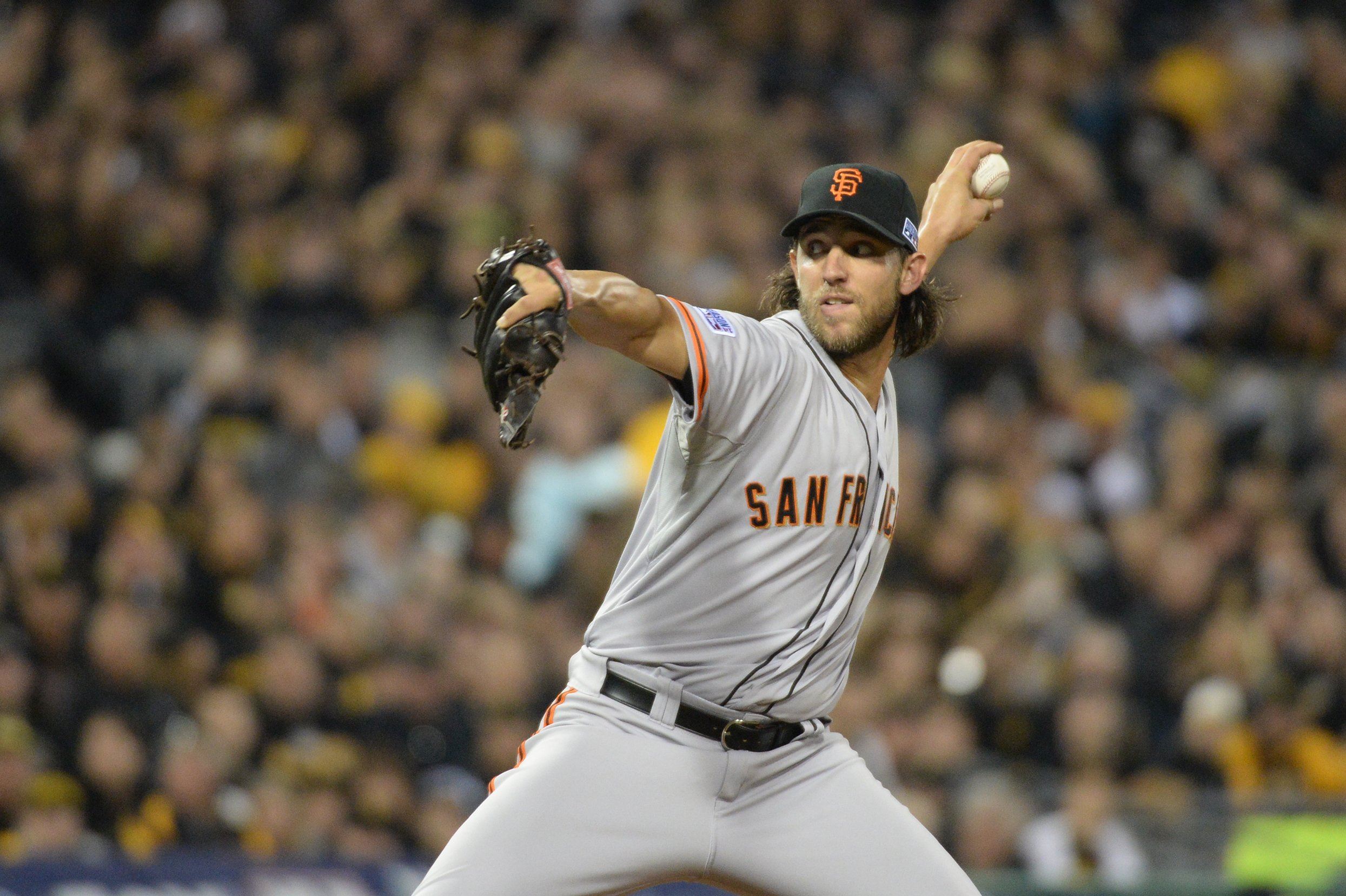
While we still have a month to go in the Major League Baseball season, it’s never too early to dissect the individual award races in the sport. Many standouts have made their mark on the season in positive ways, and this post is dedicated to those who have distinguished themselves this season. We’ll take a look at each individual award race (with the exception of Most Valuable Player) and pick a winner in each league. We’ll start with rookie of the year.
AL Rookie of the Year: Michael Fulmer, Detroit Tigers
I know, I know, you probably wanted me to pick Yankees phenom Gary Sanchez here. The young catcher is hitting nearly .400 with 11 home runs in 23 games to start his career and is even drawing comparisons to Babe Ruth, for some reason.
But I’ll go with the far more conventional choice of Michael Fulmer.
Fulmer has not only been one of the best rookie pitchers in the game this season but also one of the best hurlers in all of baseball. His 2.69 ERA ranks sixth in the game and it’s very fair to wonder where the Tigers would be without him. While Sanchez is definitely the sexy pick here, Fulmer has contributed to the Tigers’ success unlike any other rookie has for his team in the American League. That’s why I have him as my AL Rookie of the Year, but this award is at least debatable. The NL Rookie of the Year award, on the other hand, is absolutely not up for discussion.
NL Rookie of the Year: Corey Seager, Los Angeles Dodgers
This one is obvious. Seager leads all rookies in WAR (6.9); the next closest hitter in this category is Rockies’ shortstop Trevor Story at 2.6. Story, however, could miss the rest of the season with a torn ligament in his thumb. Quite frankly, even if Story was healthy, Seager would probably beat him out for Rookie of the Year. The Dodgers’ shortstop has hit 23 home runs and driven in 62 runs this season. He’s also fifth in baseball with a .321 batting average. While the AL race is still to be determined, the NL race has already been decided. The winner is Corey Seager, and it’s not even close.
AL Cy Young Award: Cole Hamels, Texas Rangers
The races for the Cy Young Award in both leagues are very tightly contested. In the American League, there are a bevy of contenders to take home the crown. However, I’ll take Cole Hamels of the Texas Rangers as my AL Cy Young winner. Hamels has pitched to a 2.67 ERA this season, tops in the American League, and he is also going deep into starts, averaging around 6.2 innings per outing. That will be very important to a Ranger bullpen that has been decimated in recent days by the actions of closer Jeremy Jeffress, who was arrested last week on a DWI charge.
In the meantime, though, Hamels is my pick for the AL Cy Young.
NL Cy Young Award: Madison Bumgarner, San Francisco Giants
This race, like that of the American League, is wide open. In the National League, though, there are far more bona fide contenders who have a legitimate chance at winning the award. Among them are Madison Bumgarner, Jake Arrieta, Johnny Cueto, and even Jon Lester. My pick, though, is Bumgarner, the pitcher as well-known for his hitting as he is for his pitching. Unbelievably, Bumgarner is two long starts away from reaching 200 innings, and while the Giants have gone in the tank since the All-Star Break, Bumgarner has been the most important player on the team this season. As the team’s ace, he’s carried the pitching staff to a 3.73 ERA, which is good for fourth in baseball.
It’s close, but I’ll give the NL Cy Young Award to Madison Bumgarner.
AL Manager of the Year: Terry Francona, Cleveland Indians
The Cleveland Indians have been one of the biggest surprises of this MLB season. While much of that has to do with the emergence of young stars such as Corey Kluber, Francisco Lindor, and others, we should give credit where it’s due. And credit should be given to manager Terry Francona, who has been one of the best managers in baseball since taking over the Red Sox managerial gig in 2004. Francona has welded this team into one of the best in baseball and even into a serious World Series contender this season. He deserves major credit for doing that, and by that measure, he also deserves AL Manager of the Year.
NL Manager of the Year: Dusty Baker, Washington Nationals
While the obvious choice here would be the Cubs’ Joe Maddon, I’m giving NL Manager of the Year to the Nationals’ Dusty Baker. Baker arrived in Washington after last season to what appeared to be a fractured locker room after the team’s disappointing 2015 campaign. We can all agree that Matt Williams wasn’t exactly the best manager for a team that has had championship talent for the past three seasons.
And that’s where Baker comes in. All he has done this season is lead the Nationals to first place in the NL East; the team is on pace for 93 wins, which would mark a 10-win improvement over last season. Granted, there are other factors at play (Daniel Murphy’s emergence as one of the best hitters in baseball, a mostly healthy Stephen Strasburg), but you can’t say that Baker hasn’t managed the team to its full potential.
And that’s good enough for me.
I would make calls on the MVP race here but both leagues are extremely crowded and the last month of the season will go a long way to deciding these award winners in both leagues. Until then, let me know what you think by leaving a comment!


